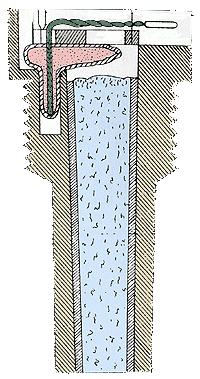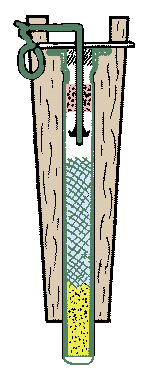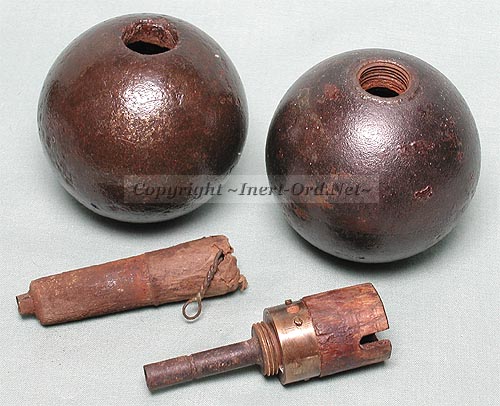
Adams Fuze 1865

French Fusée Mle 1882
The most significant obstacle to developing a practical hand grenade was the lack of an effective method for igniting the fuze. Grenade fuzes were not more advanced than what is found on a modern firecracker. They had to be manually lit, using a slow match or some other form of open flame. Not surprising this was a problem in windy or wet conditions.
The invention of the friction igniter, for artillery purposes, found an equally useful application for hand grenades. The idea is much the same as a kitchen match in reverse. A thin wire, with roughened surface, was pulled through a match compound which would cause it to ignite. A compressed black powder delay ignited in turn leading to the explosive.
At left are two sectional views:
Adams - U.S. Civil War, 1865
Fusée Modèle 1882 - French
Both were about 5 a second delay.
The French 1882 type is a simplified design using a wood plug body and having the internal components arranged in-line.

Shown are the Mle.1882 and
Mle.1914 fuzes removed from their grenades
It is interesting to note, the "advanced" design of the Mle.1914 type is little changed from the Adams fuze of 50 years earlier.